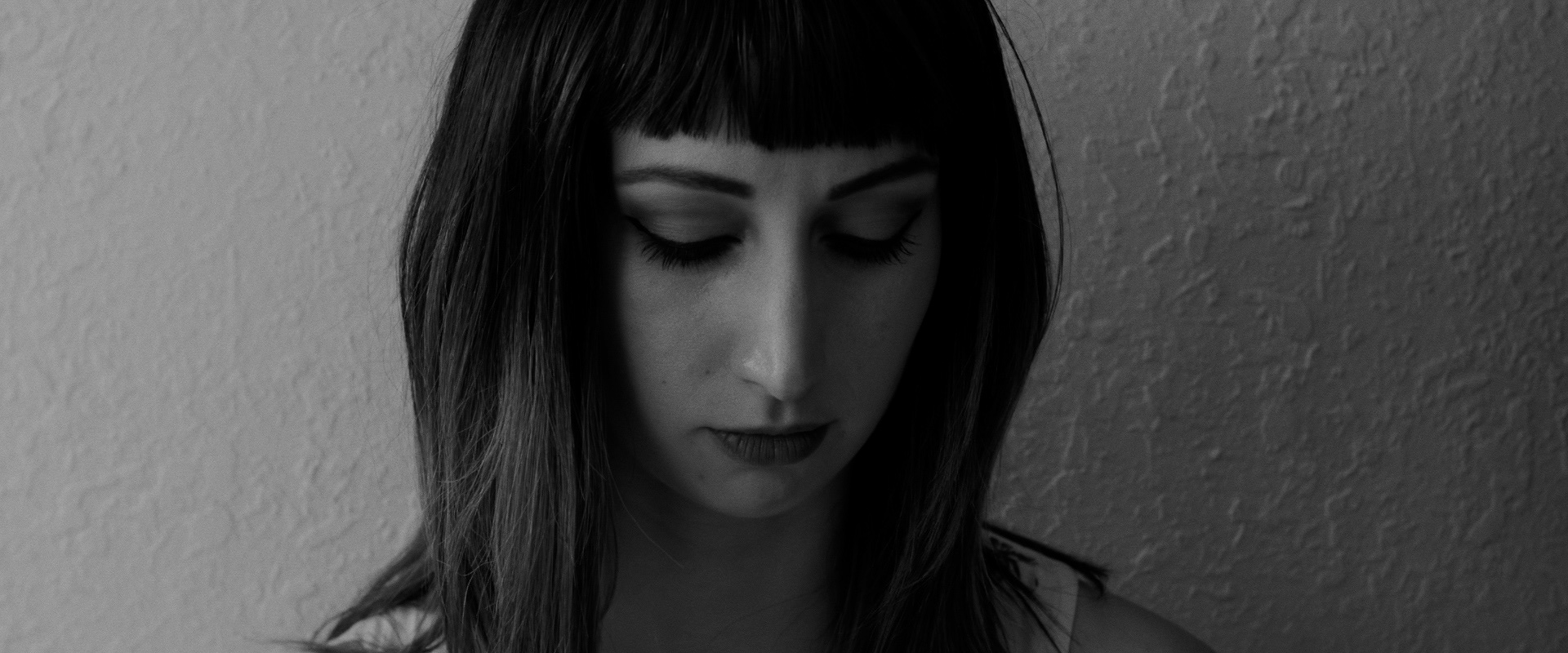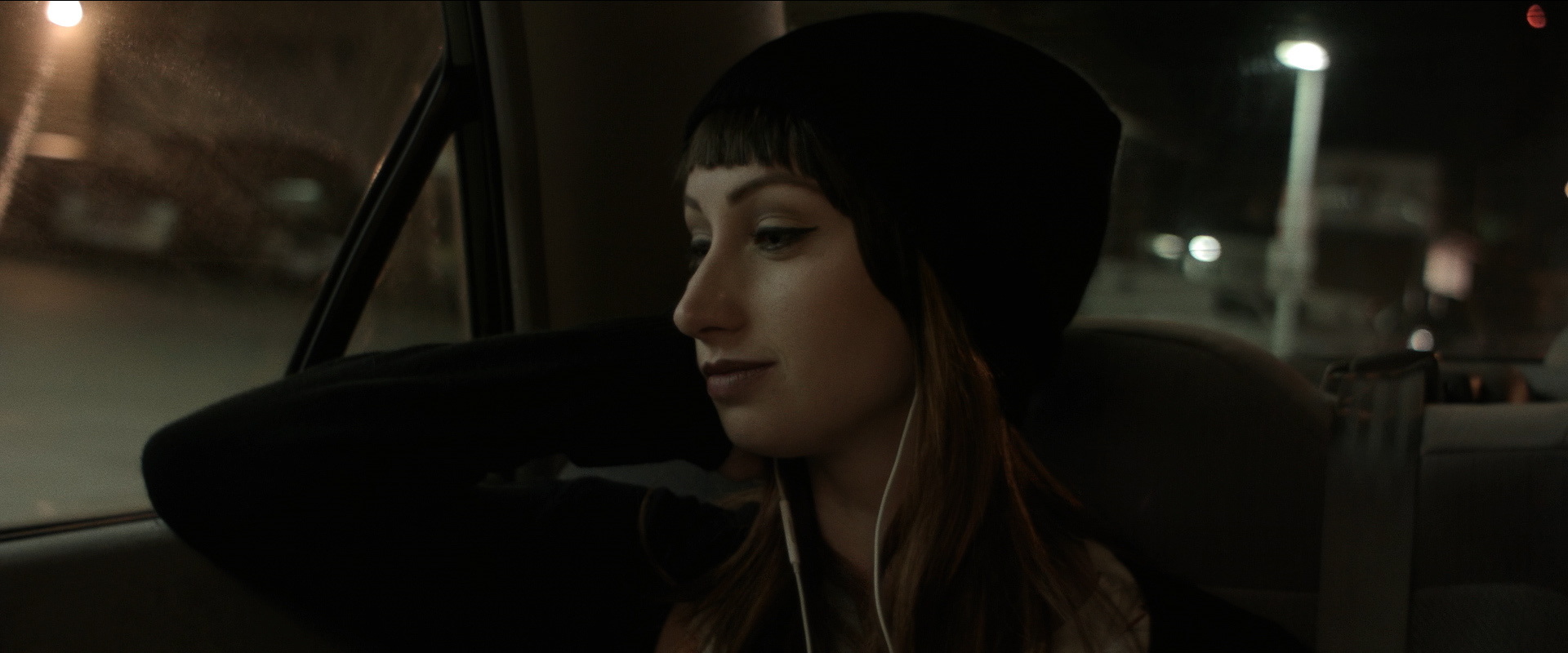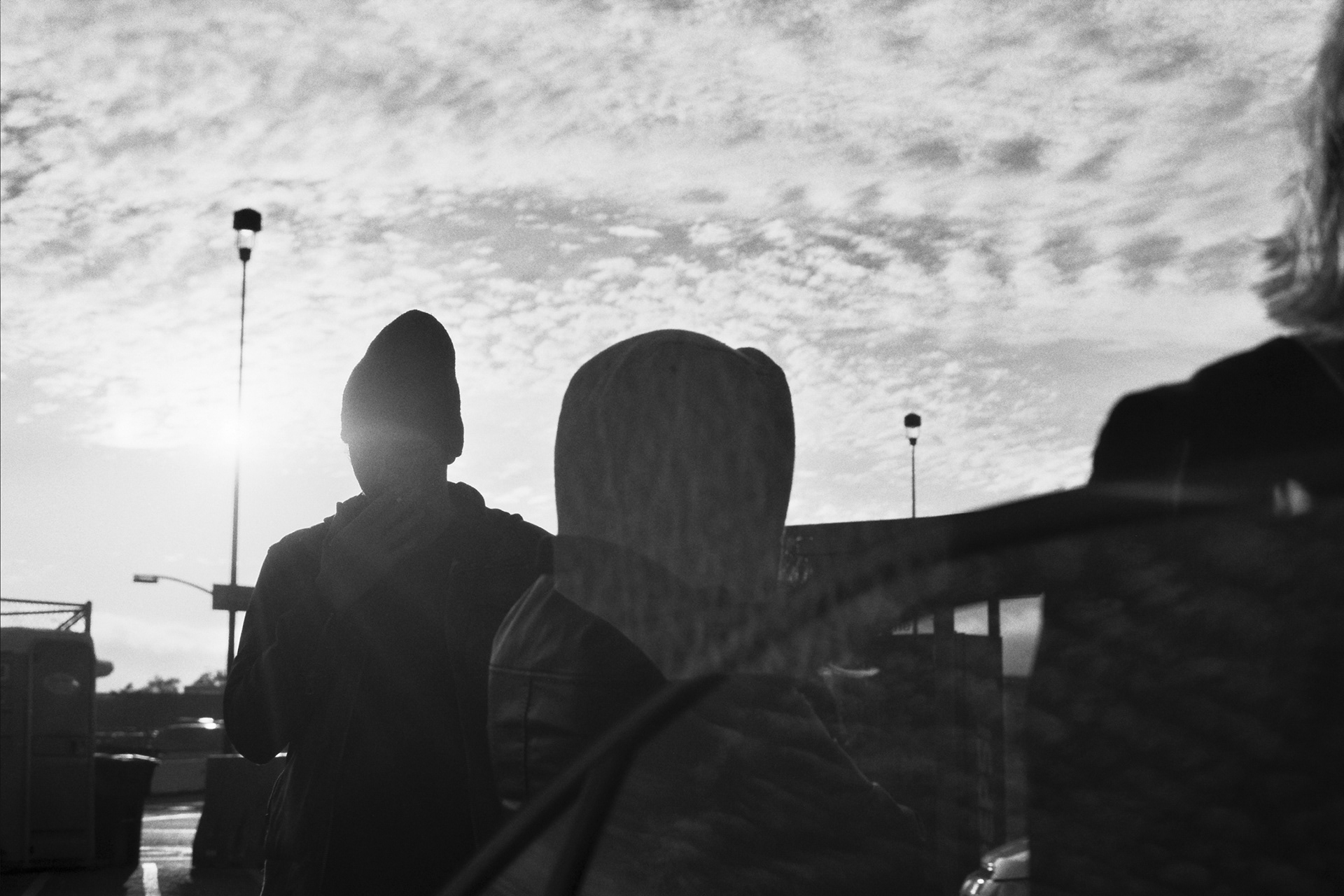Synopsis
A chance encounter allows a young girl to see the duality of her life as she faces her demons.










| Infinite Color matching still frames
Infinite color is the first film in a trilogy of shorts, and my first creative collaboration with writer/director, Tommy Harkness.
From the outset, I was intrigued by the concept of the film. Tommy envisioned a mirror-like structure to the film's narrative, and a desire to carry that over into the film's look. It was a refreshing challenge, and Tommy, having been a part of other projects I'd worked on in a different capacity, essentially gave me free reign in terms of how to approach the film's visuals, and how to create the sense of dreamlike duality embedded into the film's story and structure.
We started, as always, by having a deep, detailed discussion about the film's subtextual ideas and themes. Tommy imagined the overall structure to be like a mirror. The beginning and end would be like the bookends, and there would be a point in the middle that acted as a fulcrum, both visually and metaphorically.
Each scene in the film would have two versions, and each version would take place in the same location with the same cast members. The spin would come from the fact that the locations would be dressed differently, and the cast members would be playing different characters in different scenes.
The idea is best conveyed visually, as seen in the screenshots below. Sometimes the visual matches would be subtle, and sometimes overt. The combination of this symmetry embedded in the visuals, narrative, and structure, allow it to permeate the overall film without feeling overbearing.






| Infinite Color BTS photos
On top of the visual symmetry idea, Tommy wanted to extend his exploration of duality into the color palette of the film as well. To this end, the film consists of sections both in color and in black and white.
Anyone who knows my photography work knows that I'm always down to shoot in black and white. It's a daring choice that most directors wouldn't consider as viable, but it really did feel like a natural extension of the film's themes in this case, so we ran with it.
The result is a truly dreamlike experience–a film that's cryptic in a way that feels intentional and in control.




| Infinite Color BTS photos
If you're into things that are subtly mind-bending, Infinite Color might be for you. It doesn't involve time travel or wormholes, but there's an understated quality to the performances and character portrayals that leaves behind a sense of vague mystery about the world in which they inhabit, and its mirror-like story and visual structure combine to create the sense of being stuck in a dreamworld of sorts.
If you do end up deciding to watch, I would love to hear your thoughts, good, bad, or indifferent about the work. I'd gladly answer any questions I can about the film's production and look, on either a spiritual or technical level–seriously.
For the technophiles out there, Infinite Color was shot on Apple ProRes using a Blackmagic Design Cinema Camera 2.5K, through a true hodgepodge of vintage still camera lenses, including ones from Nikon, Pentax, and Vivitar.
Thanks for taking the time to read (and hopefully watch). Even the mere act of consuming independent art and cinema supports indie artists, including all the wonderful and talented people who came together to realize this film in particular.
Infinite Color can be watched right here, right now. Just hit the play button below.
Cast
Katelyn Leckey – "Sophia"
James Allen Brewer – "Mr. Griffin"
Josh Lehman – "Chris"
Douglass Russo – "The Waiter"
Key Crew
Tommy Harkness – Writer, Director
Dan Antonio – Line Producer
Mackenzie Mathis – Cinematographer, Colorist
Karl Zerick Burian – Editor
Kevin Crawford – Sound Designer, Mixer
Leanne Kelly – Music
Dan Juenemann – Gaffer
Robert Wakamatsu – Camera Assisatant
Cooper Glosenger – Location Sound